Best Fujikura iron shaft
Last updated:
The Fujikura Axiom iron shaft claims to improve accuracy and dispersion. In this steel vs graphite iron shaft test, we find out if it delivers on the promise.
No matter whether you’re world number one or a total beginner, every golfer has a graphite shafts in their driver. The material brought instant gains as shafts became lighter and longer, which meant golfers could swing faster and hit drives further. Consequently, heavier steel driver shafts didn’t take long to die out.
But lighter and longer isn’t an equation that works so well for the best golf irons. So, apart from being a good fit for more average swing speed players, graphite iron shafts have never quite caught on as they did for drivers.
But now, thanks to a new technology that’s brought increased stability to their premium Ventus and Ventus TR driver shafts, Fujikura believe their new Axiom graphite iron shaft boosts the MOI of your irons, improving accuracy and dispersion on off-center hits, no matter your clubhead speed. Here’s how they do it.
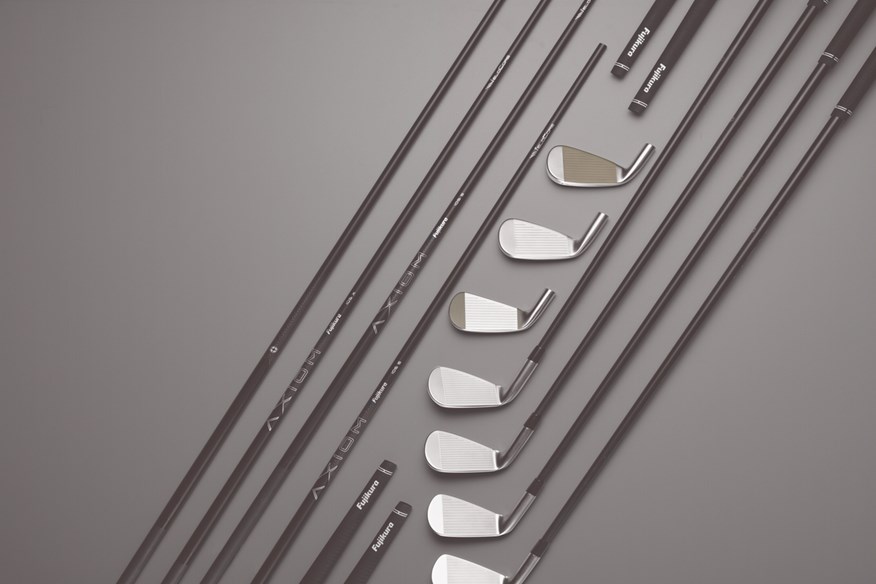
What is VeloCore technology?
VeloCore is Fujikura’s premium shaft structure. It combines aerospace-grade materials to deliver ultimate shaft stability, using a unique combination of Pitch 70 Ton carbon fiber and 40 Ton carbon fiber along the entire length of the shaft. It creates an ultra-stiff tip section which improves dispersion on off-center hits.
It manages to do that as the head deflects less at impact, so shots are hit more accurately and through a tighter dispersion window. Fujikura say VeloCore boosts MOI and increases velocity and smash factor, which is down to the ultra-stability improving energy transfer on mishits.
Until now, VeloCore tech has only been found in the brand’s Ventus and Ventus TR premium shafts, as used by the game’s very best players. The Axiom is the best iron shaft (and first premium model) Fukijura has created, so golfers can now enjoy the benefits of VeloCore technology throughout the bag.
What you need to know about the Fujikura Axiom iron shaft
Extensive R&D and player testing have been used to integrate VeloCore Technology into an iron profile. Fujikura say the model has been in the making for a long time, as they felt it vital players experienced all the same benefits of ultra-stability as when hitting the brand’s Ventus driver shafts.
Those benefits include increased ball speed from better and more consistent face contact (thanks to increased stability offering less deflection), a tighter dispersion from left to right and front to back and greater control for more consistent shot patterns.
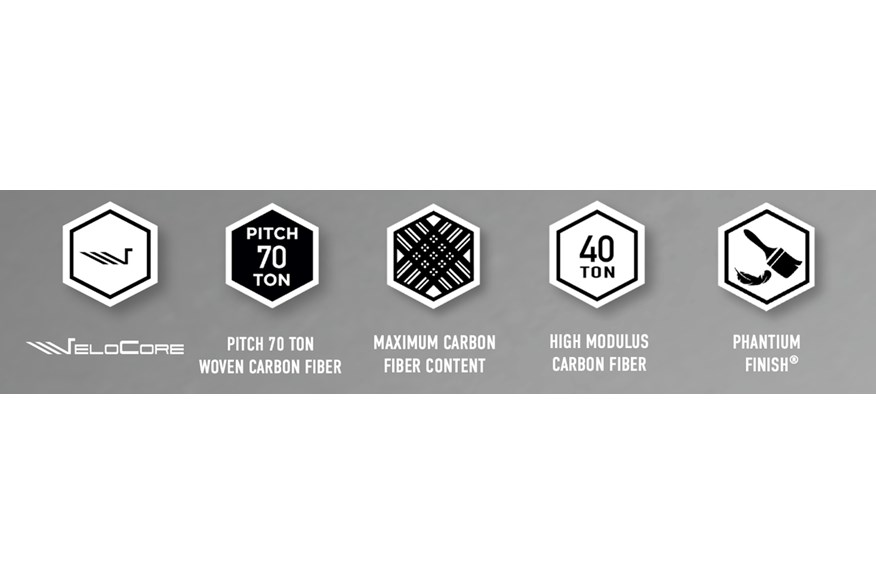
Initially, the Axiom has been launched in three weight categories. See the 75 as being similar to a traditional graphite or very light steel iron shaft, whereas the 105 is the equivalent of the modern-day shaft you’ll likely find in a set of players’ irons. The 125 is an equivalent to a traditional, heavy 125g or 130g steel shaft. Fujikura haven’t ruled out launching additional profiles and weights further down the line.
A further key feature of the Axiom is an innovative long, mid and short parallel tip system (Long 2-4 iron, Mid 5–7 iron, Short 8-PW). The idea creates a constant weight set, without the need for excessive tip trimming. It also means more premium materials are retained in the tip section; the area that governs stability. Golfers can also expect additional consistency throughout the set and incredibly good impact feel, sound and feedback.
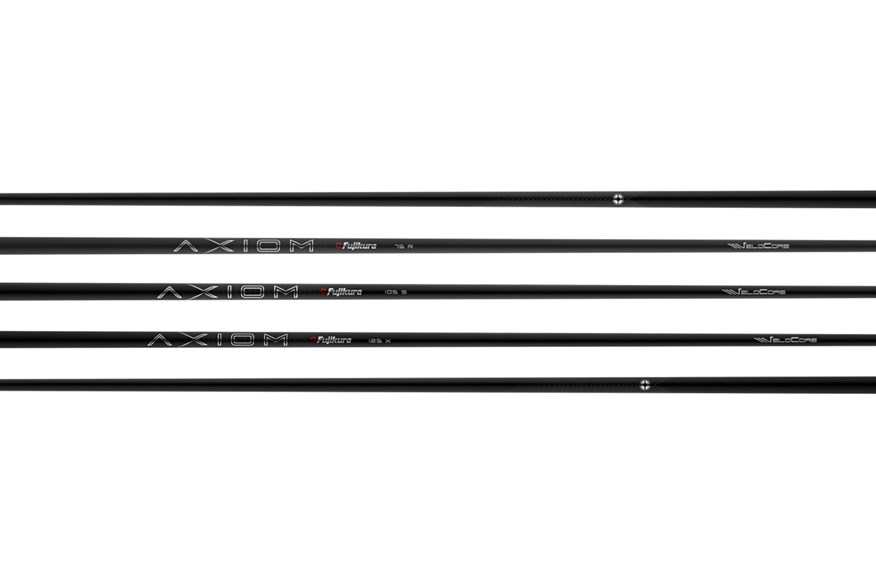
Spencer Reynolds, Fujikura Product and Brand Manager on the Axiom iron shaft
“When we set out to create an iron shaft that would feature our flagship technology, it needed to meet very demanding and specific criteria to call it a success. Not only did it need to provide golfers the same exceptional benefits they’ve experienced with other VeloCore-powered products, but also give players the unique iron-specific performance attributes that will truly enhance their critical scoring shots.”
Fujikura Axiom iron shaft options/prices
| Weight | Flex | Price |
| 75g | R2 / Regular / Stiff | $105 |
| 105g | Stiff / X-Stiff | $115 |
| 125g | X-Stiff | $125 |
How do the Fujikura Axiom iron shaft weights and flexes compare?
No shaft brand has successfully made graphite iron shafts for decent players or higher-swing-speed golfers before. But, it’s important to say the Axiom isn’t a shaft just for higher-speed players. Axiom is a shaft that brings extra stability to iron performance, no matter what speed you muster. And thanks to three weight options there’s an opportunity to choose a lightweight graphite feel, traditional heavier steel iron shaft set-up, or a more modern mid-weight that sits between the two.
To showcase this versatility, we asked TG test pro Neil Wain to hit each of the flexes available (with a Mizuno JPX923 Forged 7-iron head) in the three different weight categories (see how we test here). This way we could see how each model compared, and get a feel for which Axiom model best suits him through data and personal feel preference. With a preferred option identified, we could then put Neil’s best-fitting Axiom shaft up against other leading steel shafts.
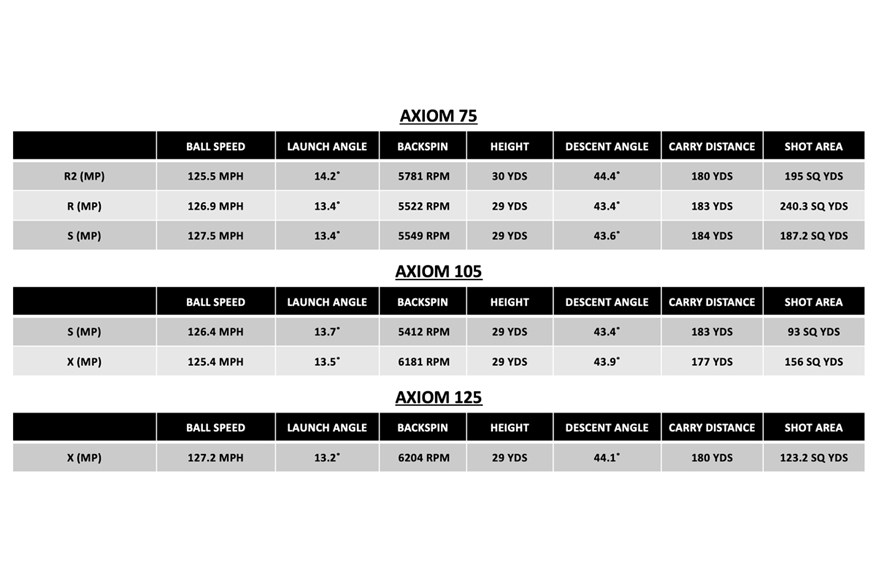
We should say straight from the off Neil couldn’t feel he was hitting a graphite shaft, even with the lighter more flexible models. It’s a ringing endorsement for Axiom, as graphite used to have a tendency to pop shots up into the air and feel weaker and less controllable.
Our test data highlights how the Axiom 105 S offered a good fit for accuracy and distance. But ultimately Neil was happy to shun the model’s six yards of extra 7-iron carry distance, as he felt drawn to the 105 X flex; probably because of the similarities between it and the steel shaft he’s played for decades.
How does the Fujikura Axiom compare to the leading steel shaft models?
Compared to four leading steel KBS, Nippon and True Temper shafts our data utterly justifies the Axiom can hold its own against the stiffest steel shaft competition. That has never been the case when testing graphite iron shafts before. As Fujikura say, the model supports the player and doesn’t try to manipulate ball flight for you. So you can hit all the shots you desire, without them popping up or fighting what you’re attempting to do.
Yes, on this occasion the Axiom didn’t hit shots into the very tightest dispersion area. But we know from experience, dispersion is utterly dependent on how the player hits each model on a particular day. But even on this day, the Axiom 105 S was the second most accurate shaft of the 10 models hit. And Neil’s preferred 105 X was also 9.8% more accurate than the shaft he’d typically use, which says the technology has plenty going for it. We’ve certainly never experienced similar results with graphite iron shafts before.
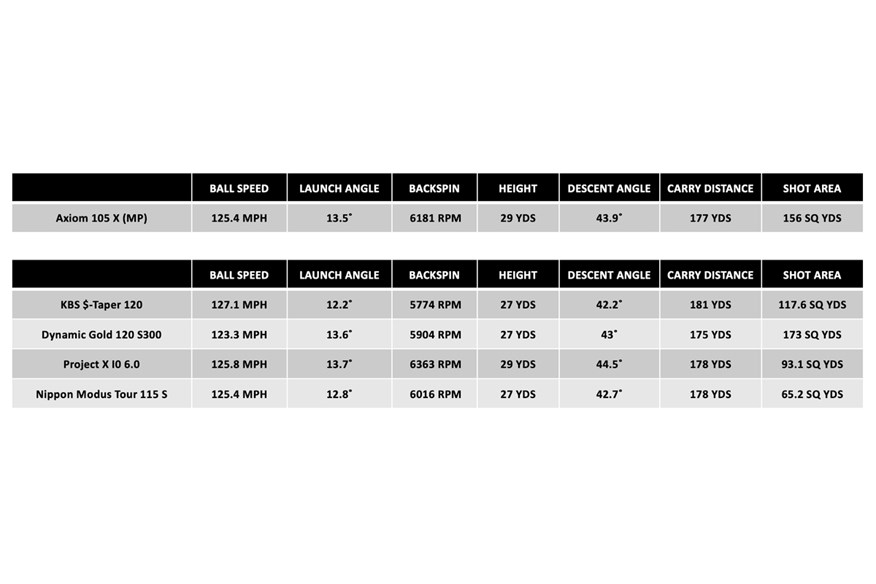
There’s a lot of talk around improved stability with graphite driver and putter shafts right now and from what we’ve seen it’s likely the debate is set to heat up around iron, too. We’ve never heartily recommended a graphite iron shaft before. But from what we’ve seen, the extra stability the Axiom offers really can bring ultimate stability and improved accuracy performance to your game (as long as, like premium driver shafts, you don’t mind paying for them).
When Axiom appears in the hands of tour players, like the brand’s Ventus wood shafts, we’ll know Fujikura have absolutely hit the graphite iron shaft jackpot.
For more information or to find your nearest Fujikura fitter visit www.fujikuragolf.com/axiom
READ NEXT
– Which Fujikura driver shaft suits you?
READ NEXT
– Which Fujikura driver shaft suits you?
BECOME A TODAY’S GOLFER MEMBER: Unlimited access to premium content and exclusive rewards!
-
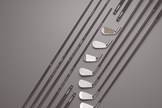 An image showing the different weights and flexes of each Axiom iron shaft
An image showing the different weights and flexes of each Axiom iron shaft
-
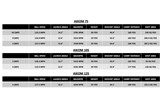 A chart to show how all of the Fujikura Axiom shaft weights and flexes compare
A chart to show how all of the Fujikura Axiom shaft weights and flexes compare
-
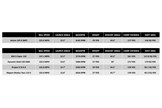 A table to show how the Fujikura Axiom iron shaft compares to leading competitor steel models.
A table to show how the Fujikura Axiom iron shaft compares to leading competitor steel models.
-
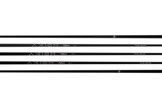 An image to show the different weights and flexes of the Fujikura Axiom iron shafts
An image to show the different weights and flexes of the Fujikura Axiom iron shafts
-
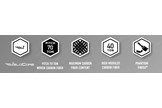 A graphic showing the different materials inside the Fujikura Axiom iron shaft
A graphic showing the different materials inside the Fujikura Axiom iron shaft